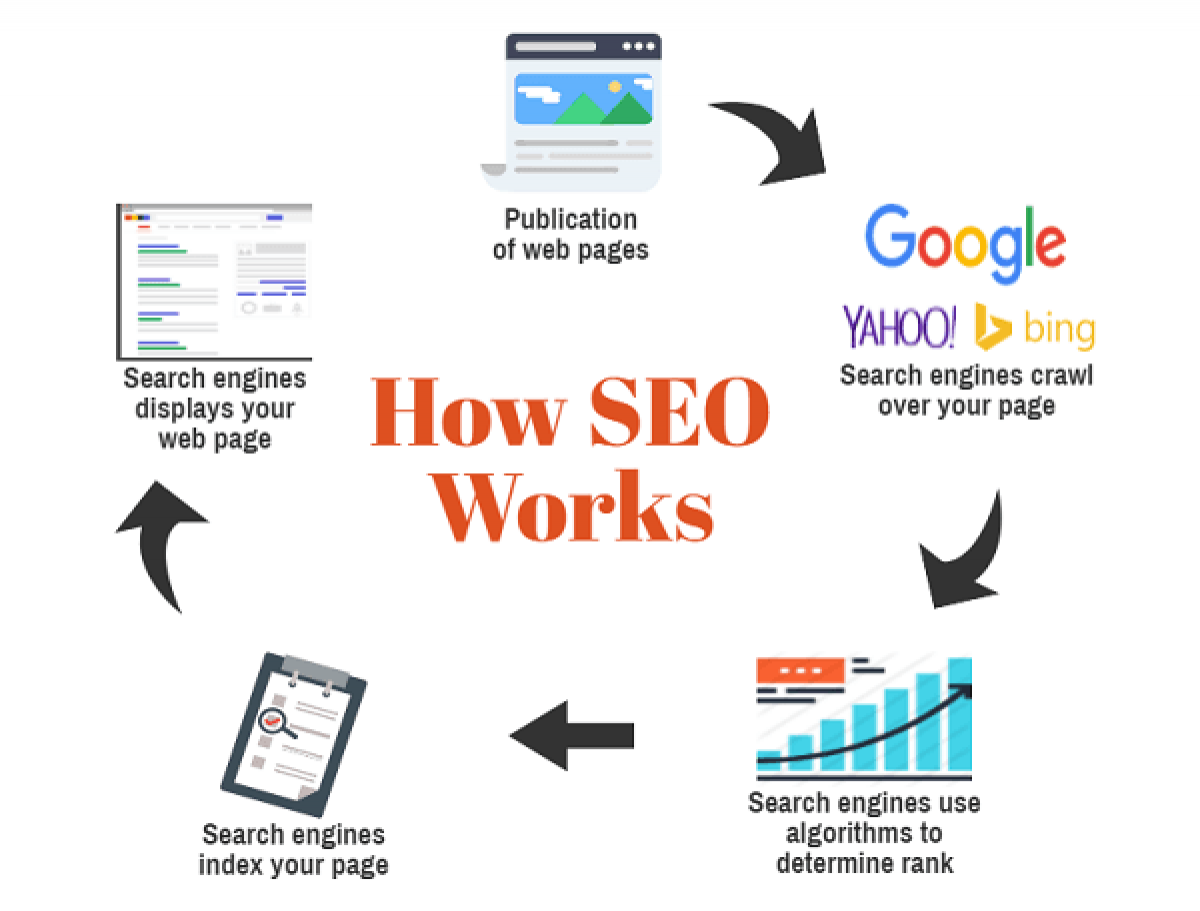The Next Frontier in AI: Breaking Boundaries with GPT-4’s Computer Code Generation
Table of Contents:
I. Introduction
- The current state of computer programming
- The potential of Artificial Intelligence in revolutionizing the field
- Introducing GPT-4 and its expected capabilities
II. GPT-4: What Makes it Different?
- The evolution of the GPT language model series
- GPT-4’s ability to generate natural language text and code
- Increased capacity and potential for learning from vast amounts of data
III. The Impact of GPT-4 on the Industry
- The potential for automating aspects of software development
- Concerns over job loss and the need for human oversight
- The potential for biased code and implications for critical applications
IV. Future Implications
- The wide-ranging potential implications of GPT-4
- The importance of caution and thorough testing before implementation
V. Conclusion
- The potential for GPT-4 to revolutionize the field of computer programming
- The need for careful consideration and testing to ensure its benefits are fully realized
Introduction:
The world of computer programming is constantly evolving and with the advent of Artificial Intelligence (AI), it has the potential to revolutionize the way we approach coding. With the recent announcement of the upcoming release of GPT-4, the question arises: will this new language model break new boundaries in generating computer code?
What is GPT-4?
GPT-4 stands for Generative Pre-trained Transformer 4, and is the fourth iteration of OpenAI’s language model series. It is a neural network that is trained on vast amounts of text data and is designed to generate natural language text. The previous iterations, GPT-1, GPT-2, and GPT-3, have already made waves in the field of natural language processing and have been used for various language tasks, including text summarization, machine translation, and text completion.
What makes GPT-4 different?
GPT-4 is expected to be even more advanced than its predecessors, with the potential to generate code in addition to natural language text. This has the potential to revolutionize the field of computer programming, as it could automate many aspects of software development. Additionally, GPT-4 is expected to have a much larger capacity than previous models, with the ability to process and learn from even more data.
The Impact of GPT-4 on the Industry:
The release of GPT-4 has the potential to shake up the industry in a big way. With the ability to generate code, it could automate many aspects of software development, including debugging and optimization. This could significantly reduce development time and costs, and also increase the efficiency and accuracy of the code produced.
However, there are concerns that the automation of software development could lead to job loss in the industry. While GPT-4 could certainly make certain aspects of software development more efficient, there will still be a need for human developers to oversee the process and ensure the code is meeting the needs of the project.
Additionally, there are concerns about the potential for bias in the code generated by GPT-4. As with any AI system, the quality of the output is only as good as the data it is trained on. If the data used to train GPT-4 is biased, then the code it generates could also be biased. This could have serious implications for the software it produces, particularly if it is used in critical applications like healthcare or finance.
Future Implications:
The potential implications of GPT-4 are vast and far-reaching. If it lives up to the hype, it could revolutionize the way we approach software development and could have significant implications for a wide range of industries. However, it is important to approach this technology with caution and to ensure that the code it produces is thoroughly tested and vetted before being implemented.
Conclusion:
The release of GPT-4 has the potential to revolutionize the field of computer programming by automating many aspects of software development. With its ability to generate natural language text and code, it could significantly reduce development time and costs, while also increasing the efficiency and accuracy of the code produced. However, there are concerns about the potential for job loss in the industry, the need for human oversight, and the potential for biased code.
It is important to approach this technology with caution and ensure that the code it produces is thoroughly tested and vetted before being implemented. While the potential implications of GPT-4 are vast and far-reaching, it is important to remember that the quality of the output is only as good as the data it is trained on. As such, it is crucial that efforts are made to ensure that the data used to train GPT-4 is diverse and unbiased.
The potential benefits of GPT-4 are significant, and it is an exciting development in the field of Artificial Intelligence. However, it is important to remember that it is just one tool in the toolbox, and human developers will still play a critical role in the software development process. With the right approach, GPT-4 has the potential to break new boundaries and revolutionize the future of computer code generation.


